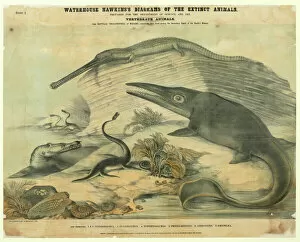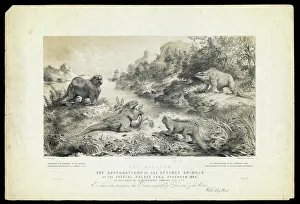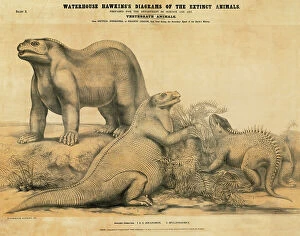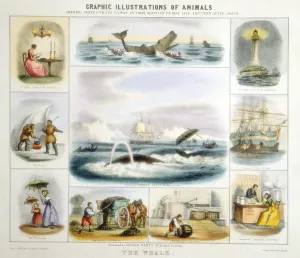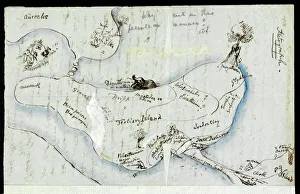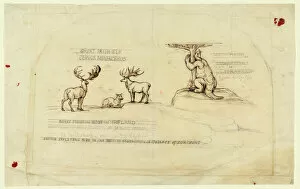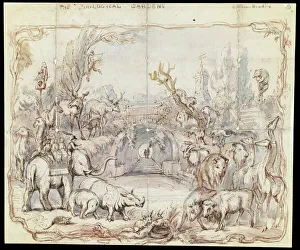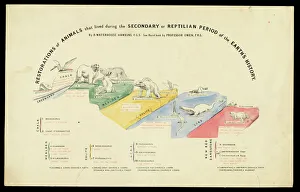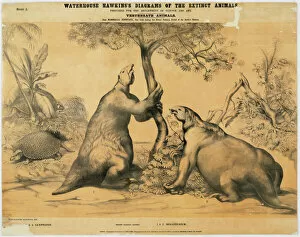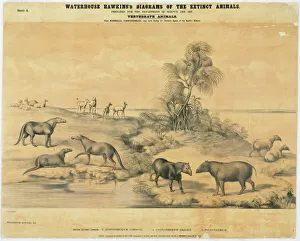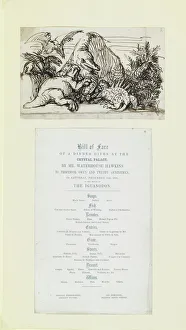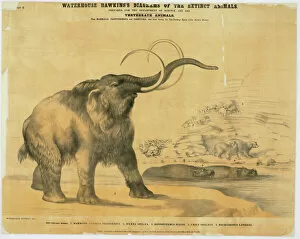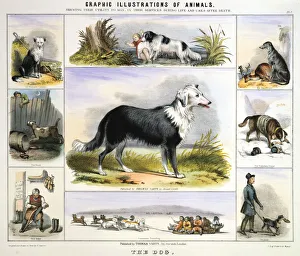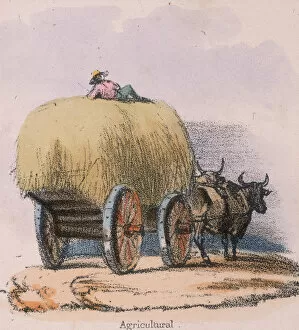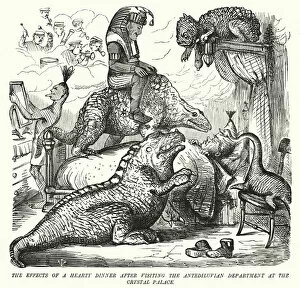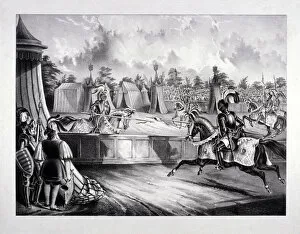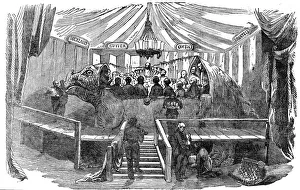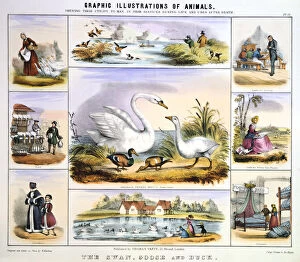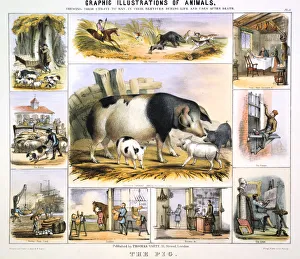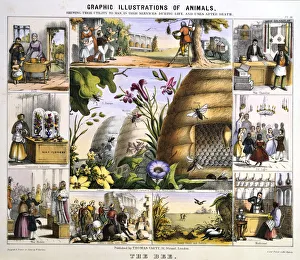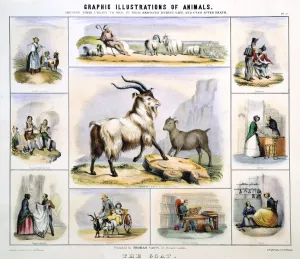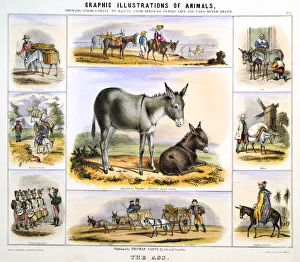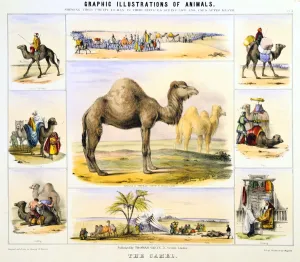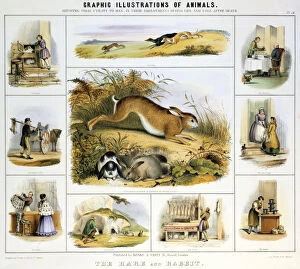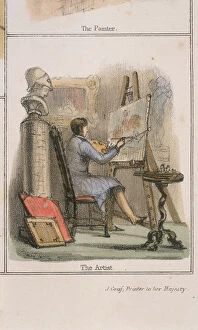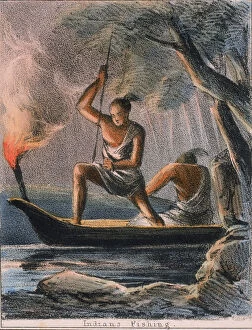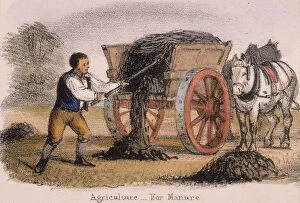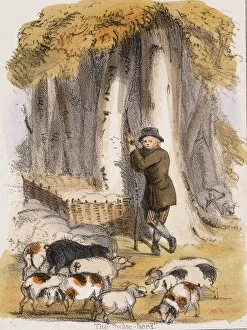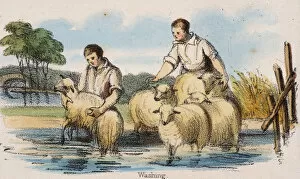Benjamin Waterhouse Hawkins Collection
Benjamin Waterhouse Hawkins, a renowned artist and naturalist, dedicated his life to bringing prehistoric creatures back to life through his incredible restorations
All Professionally Made to Order for Quick Shipping
Benjamin Waterhouse Hawkins, a renowned artist and naturalist, dedicated his life to bringing prehistoric creatures back to life through his incredible restorations. His passion for paleontology led him to create lifelike models of extinct marine reptiles such as the Ichthyosaurus and Plesiosaurus. In collaboration with Sir Richard Owen, Hawkins also crafted impressive sculptures of land-dwelling dinosaurs like the Iguanodon and Hylaeosaurus. These magnificent creations were displayed in The Wealden at Crystal Palace Park, captivating visitors with their accurate depictions of ancient animals. Hawkins' attention to detail was unparalleled; he meticulously studied fossils and scientific research to ensure the authenticity of his work. One notable masterpiece is "The Whale, " a stunning artwork created around 1850 that showcases his exceptional talent in capturing the essence of these majestic creatures. Not limited to just dinosaurs, Hawkins' artistic prowess extended beyond time periods. He sketched enchanting pen and ink drawings depicting various extinct species like the Great Irish Elk and Megatherium. These illustrations showcased not only his artistic skill but also served as valuable educational resources. His dedication didn't stop there - Hawkins ventured into creating zoological gardens featuring restorations of secondary period animals such as Megalosaurus, Glyptodon, Anoplotherium commune & gracile, Palaeotherium, and even Pterodactyle. These exhibits allowed people from all walks of life to marvel at these long-extinct wonders up close. Benjamin Waterhouse Hawkins left an indelible mark on both artistry and science by bridging the gap between imagination and reality through his meticulous reconstructions. His legacy lives on today as we continue to be fascinated by Earth's ancient inhabitants thanks to his pioneering efforts in paleontological restoration.


